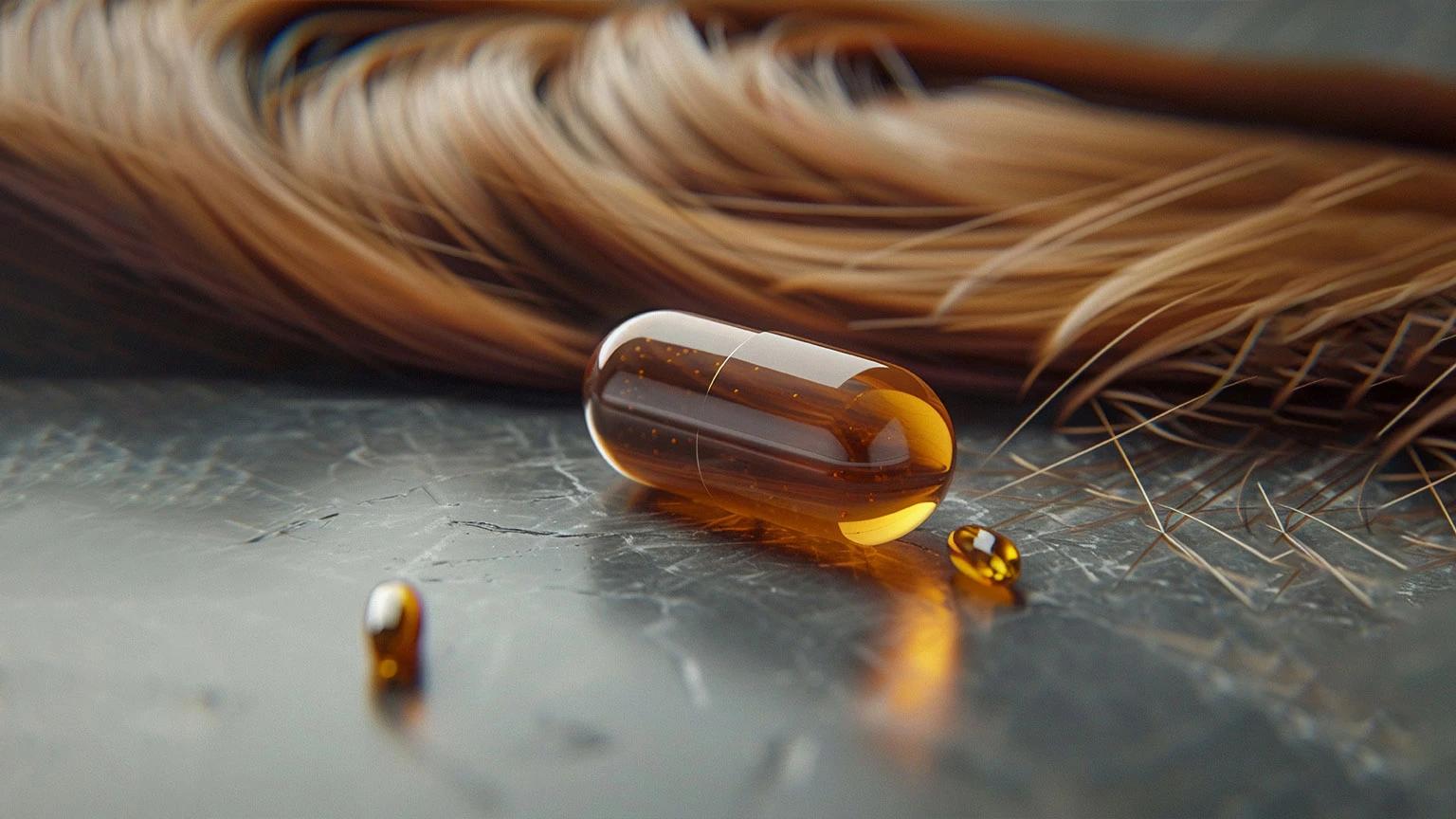**Biotin and omega 3** work beautifully together for hair health. Consider adding vitamin D, iron, and zinc to your routine as well. These nutrients support each other's absorption and effectiveness. **Hair strengthening nutrients** work best as a team rather than solo acts, so don't be afraid to create a well-rounded supplement routine.
8. Monitor Your Hair's Progress
Patience is key here. Most people start noticing changes around the 8-12 week mark. Take monthly photos and note any changes in hair texture, shine, or growth rate. Keep a simple journal tracking your omega-3 intake and any improvements you notice. This helps you understand what's working and what might need adjusting.
9. Adjust Your Omega-3 Intake as Needed
Your hair's needs might change with seasons, stress levels, or life circumstances. If you're not seeing results after three months, consider increasing your dosage slightly. Conversely, if you experience any side effects, scale back. Listen to your body and adjust accordingly—there's no one-size-fits-all approach.
10. Maintain a Holistic Approach to Hair Care
Omega-3 works best when combined with good overall haircare habits. Use gentle shampoos, avoid excessive heat styling, and protect your hair from environmental damage. Regular scalp massages can boost circulation and help your omega-3 supplements work more effectively. Remember, healthy hair starts from within but benefits from external care too.
Maximising the Benefits of Omega-3 for Hair
Once you've got the basics down, these additional strategies can help you get even better results from your omega-3 routine. Think of these as bonus tips to supercharge your hair health journey. Small tweaks can make a surprisingly big difference in how well your body utilises these important nutrients.
The key is finding what works specifically for your hair type and lifestyle.
Omega-3 and Scalp Health
A healthy scalp is the foundation of great hair, and omega-3s excel at reducing scalp inflammation. They help maintain the skin barrier function and support natural oil production. If you struggle with dry, flaky, or irritated scalp, omega-3 supplementation combined with gentle scalp care can make a noticeable difference in comfort and hair growth.
Combining Omega-3 with Essential Oils


 60 Capsules
60 Capsules 60 Capsule
60 Capsule